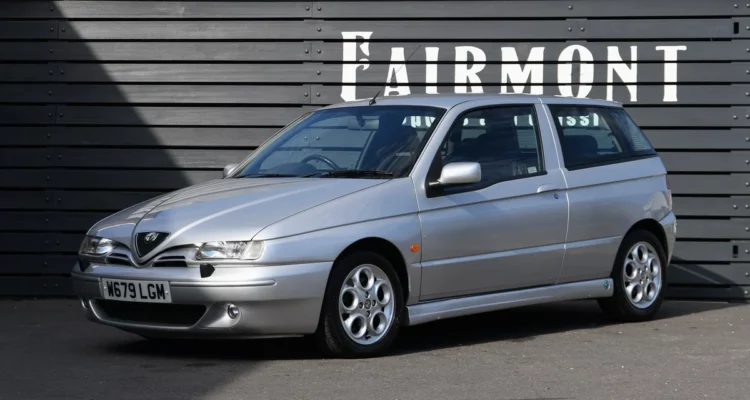Have You Ever Heard of – The Trident Clipper?
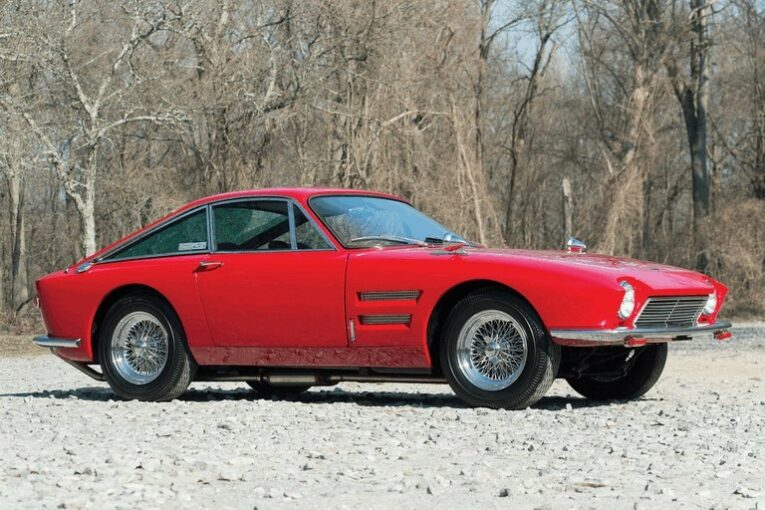
The automotive world was booming in the 1960s. With myriad beautiful, well-engineered sports cars being churned out left, right and centre the industry was certainly prospering. The heavy hitters – the Ferraris and Lamborghinis, for instance – were building such iconic cars as the 275 GTB and Miura respectively, but it wasn’t just the Europeans with a flare for design. There was also the likes of Aston Martin continuing its legendary range of DB series cars and who could forget the Jaguar E-Type? But amongst all of this exotic metalwork there was another, lesser-known British company that was making a GT car to rival them all and one that you may never have heard of – the Trident Clipper.
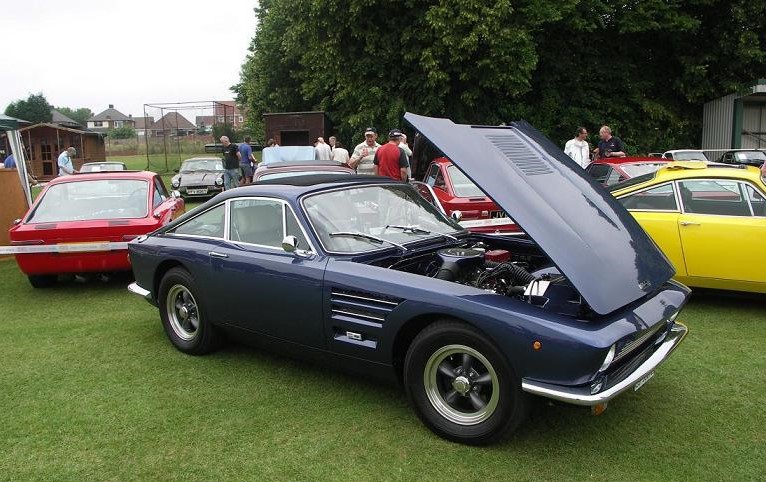
The company was Trident, and the car would ultimately be known as the Clipper. Running in the same circles as the De Tomaso Pantera and Iso Griffo, the Clipper is a member of that illustrious group of exotic Europeans with a filthy great V8 nestled under the bonnet. And that should be more than enough to pique any petrolhead’s interest. The clipper was much more than just an eight-cylinder lump wrapped up in coupé bodywork, however. With striking style and blistering performance it should have been a smash hit but as we’ll discover, and as was the fate of many a fledgling sports car at the time, financial issues coupled with the looming oil crisis would have a detrimental and lasting effect on the car and the company that produced it.
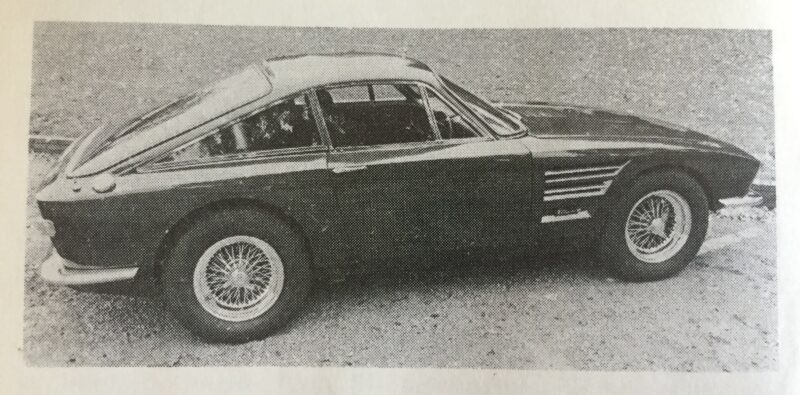
The Clipper’s somewhat convoluted story begins in 1964 as part of TVR lore. The brass at Trevor Wilkinson’s British firm commissioned car designer Trevor Frost (also known as Trevor Fiore) to pen a new sports car with more of an Italian disposition in an attempt to attract those customers with deeper pockets and to compete with the better established grand tourers of the time. Not only did Fiore nail the aesthetic but the designs were then sent to famed Italian coach-builders Carrozzeria Fissore who constructed the bodies. Box ticked.
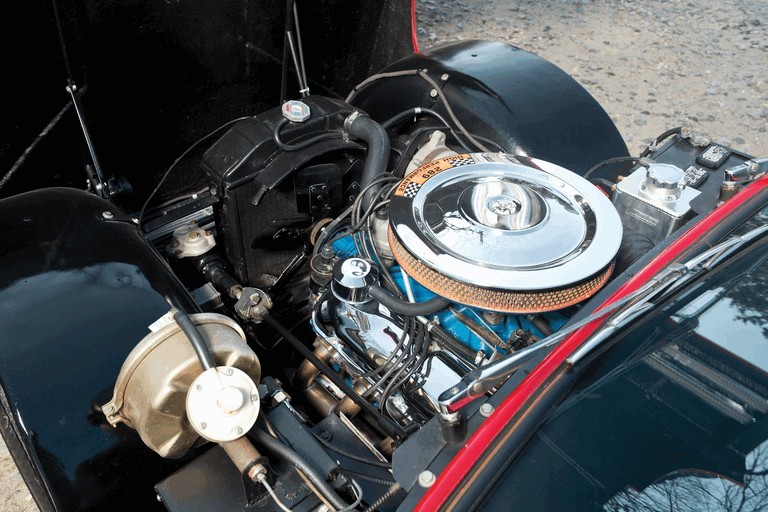
The prototype was unveiled at the Geneva Motor Show in 1965. Complete with a 4.7-litre Ford V8 under the bonnet, capable of propelling the car to 60 in a mere five seconds and on to a top speed of 150mph, the car was a huge hit. The public loved the rakish lines and impressive performance figures and orders were immediately procured, prompting TVR to ask Fissore to build a further two prototypes. Things were looking rosy for the new coupé but sadly fate was about to step in with its big size twelves.
Just a few short months after wowing the crowds in Switzerland TVR went bust thanks to cash flow problems and the Trident was dead in the water. At this point TVR dealer Martin Lilley stepped in and bought what was left of TVR, along with the rights to build all of its production cars, with the exception of the Trident. The rights to this particular project were acquired by yet another TVR dealer William Last. Last set up the dedicated Trident Cars Ltd to produce and sell the still the Clipper coupé.
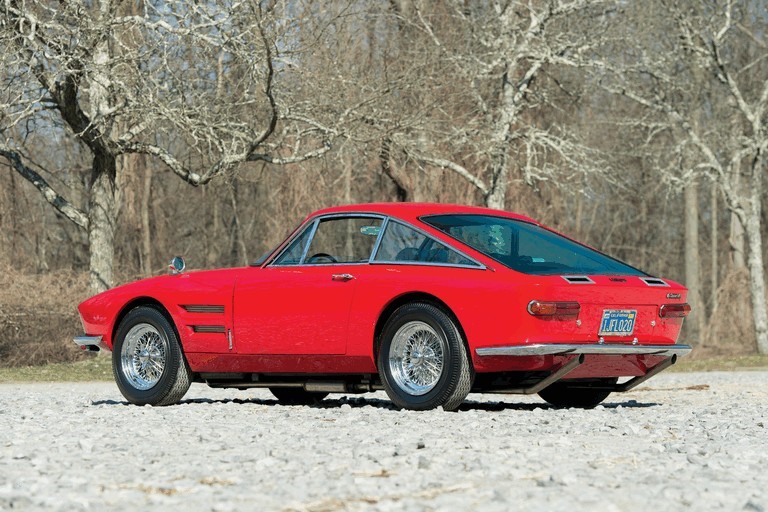
A convertible prototype, still designed by Fissore was displayed by Trident Cars at the 1966 London Racing Car Show. With public interest seemingly undiminished a fourth incarnation was built following an evolution of Fiore’s original design and displayed at the same show a year later. This “definitive” version featured a new fibreglass body now sitting atop an Austin Healey 3000 chassis, rather than the original TVR Griffith floor pan. Pour one out for the pop up headlights too as these were sadly ditched in favour of fixed items. The car retained the 270bhp Ford V8 powering the rear wheels via a four-speed manual gearbox and featured a larger overall footprint than before.
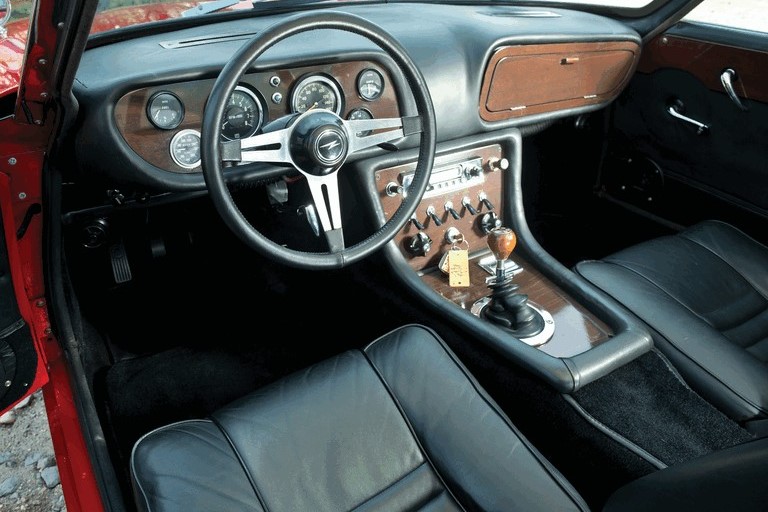
Braking was taken care of by servo-assisted discs all round and with independent coil spring suspension up front and a live rear axle and leaf springs in the rear it was a fairly simple setup, mechanically speaking, which contributed to the car’s modest price tag, at least compared to the competition.
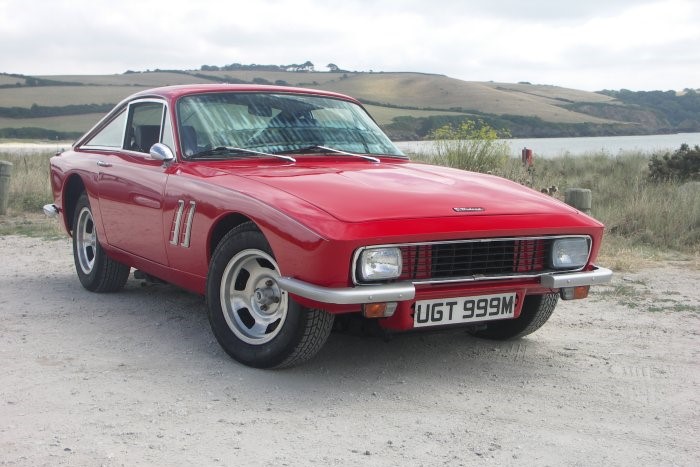
The range was extended in ’69 with the introduction of the Trident Ventura – an Essex V-6 equipped version. Around the same time supplies of the Austin Healey chassis had dried up and so the Trident bodies were shoehorned onto Triumph TR6 underpinnings which involved crudely welding inserts into the steel to elongate the floor pan far enough to accommodate them. The upshot of which was fully independent suspension. Swings and roundabouts and all that.
A third model, named the Tycoon, appeared two years later. Essentially just a continuation of the previous two cars it featured a 2.5-litre, straight-six Triumph engine as well as an automatic gearbox. The Clippers were also now fitted with a 5.6-litre Chrysler V8 due to Ford supply issues but unfortunately this expansion of the range turned out to be moot as the oil crisis had hit, rendering the uneconomical Tridents all but unsellable after around 80 had been built in total. People were turning to smaller, more efficient modes of transport and as a result Trident Cars Ltd folded in 1974.

It wasn’t quite the end for the British company, however. Like a fading ember re-igniting the spark of its own dying fire Trident rose from the ashes two years later with a slightly revised version of the Clipper. Now featuring Wolfrace Slot-Mags in place of the original wire wheels, along with unsightly rubber bumpers to appease new US safety legislation, this flicker of a flame unfortunately turned out to be a damp squib and only two further cars were built before the doors closed on Trident and the Clipper for good.
The Trident Clipper should have been a success. It certainly had the looks thanks to its Italian-influenced design, not to mention the performance to match from the powerful V8 under the bonnet. Unfortunately circumstances conspired against it and changes in public perception at the time consigned the car to the history books, joining a long list of similar projects that were shelved due to variables beyond anyone’s control. Today the Clipper stands as a one-of-a-kind and rare classic that combines Italian flare with American muscle and one that still sets our pulses racing.

